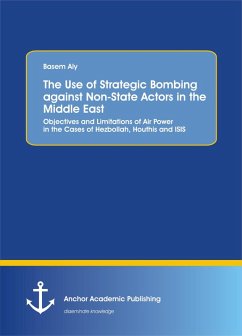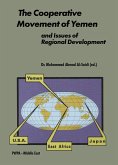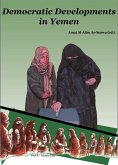In the last decades, states revealed a tendency for expanding their dependence on so-called strategic bombing in wars against other states, an approach that raised questions on whether it is possible to reduce the involvement of ground and naval forces in future military confrontations. The successful employment of strategic bombing as the major pillar of military operations that took place within different geographical areas and terrains encouraged states to limit or altogether avoid resorting to campaigns that involve putting their "boots on the ground." As a matter of fact, one can claim that improvements in the military aircraft industry - including persistent research on issues of technology, effectiveness and accuracy - have pushed for this result. Another set of reasons, however, that are indirectly connected to developments in aerial capabilities of militaries should not be ignored, including demands by governments for shorter, less costly wars, concerns about public opinion and electoral implications, as well as the fear of high rates of casualties. Airmen, meanwhile, were also called to implement strategic bombing operations against non-state actors. Yet, the outcome is certainly an issue of debate. In general, launching air strikes on states differs on many levels from aerially attacking militant organizations, terrorist groups or local tribes. Armies are fundamentally trained to fight against other armies, in addition to the difficulties of differentiating between civilians and militants, the so-called principle of discrimination. This study seeks to examine both the rationale and objectives of states in resorting to air power against non-state actors in the Middle East, focusing on the three cases of aerial operations on Hezbollah in Lebanon, ISIS in Syria, and the Houthi rebels in Yemen.
Dieser Download kann aus rechtlichen Gründen nur mit Rechnungsadresse in A, B, BG, CY, CZ, D, DK, EW, E, FIN, F, GR, HR, H, IRL, I, LT, L, LR, M, NL, PL, P, R, S, SLO, SK ausgeliefert werden.









